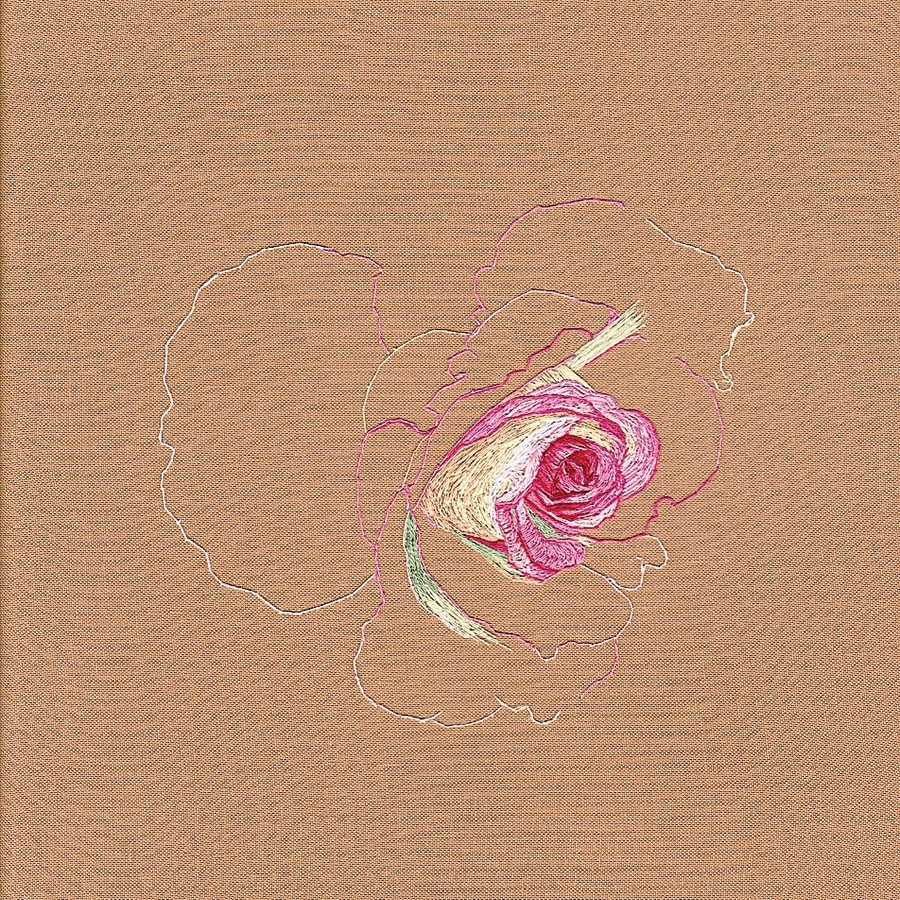For over the past eight years, I have spent time utilizing my personal narrative and Nebraska-based farm imagery to develop a process I created called Soundstitching. Soundstitching is an interdisciplinary multimedia project that transforms color from a hand-stitched image into a musical composition that can be interpreted by a musician and/or performance artist.
The result is a combination of three forms of art into one collaborative, multisensory experience. During this current pandemic crisis, I have not been able to travel back to Nebraska or prepare to present or perform my work in exhibitions as I normally would at this time of the year. This homebound situation has allowed me the time to focus on my Florida narrative, and after living in Sarasota for over 10 years, I have begun to accumulate imagery that I am attracted to or have developed a history that pertains to my relationship with Florida. I have greatly admired the grounds of the John & Mable Ringling Museum of Art and it saddens me that we are in a situation where we cannot enjoy public places without the fears of putting ourselves or others in harm’s way of contracting or spreading this virus. I fear for the future of institutions that provide the public educational opportunities and platforms for artists like myself to communicate and share our work with our community.

Mable’s Rose Garden has been a place that I find to be beautiful, welcoming and intriguing. I have begun hand-stitching and translating a number of the roses into music compositions to satisfy my visions and curiosities as to what these flowers will sound like and look like through a collaborative, site-based performance involving multiple instrumentation and interpretive dancers. My curiosities do not stop with the rose garden, but carry on into the permanent collection of paintings where you will find more floral arrangements that are symbolically represented and presented through a narration of art history and visual literacy. I am in the process of stitching flowers found in works such as Portrait of a Young Lady by Isaack Luttichuys c. 1663, and Noël-Nicolas Coypel’s painting from 1731 titled Louise Élisabeth, Madame la Princesse de Conti, as Venus.
It excites me greatly to provide another way for these monumental paintings to communicate in our current time. These tapestry works reflect the use of interdisciplinary processes to actualize my curiosities of color, form and sound through experimenting with an array of different mediums, while also giving a contemporary voice to Mable’s Rose Garden and parts of the masterworks that may not have been given their due or an opportunity to communicate in a contemporary, performative manner. SRQ









